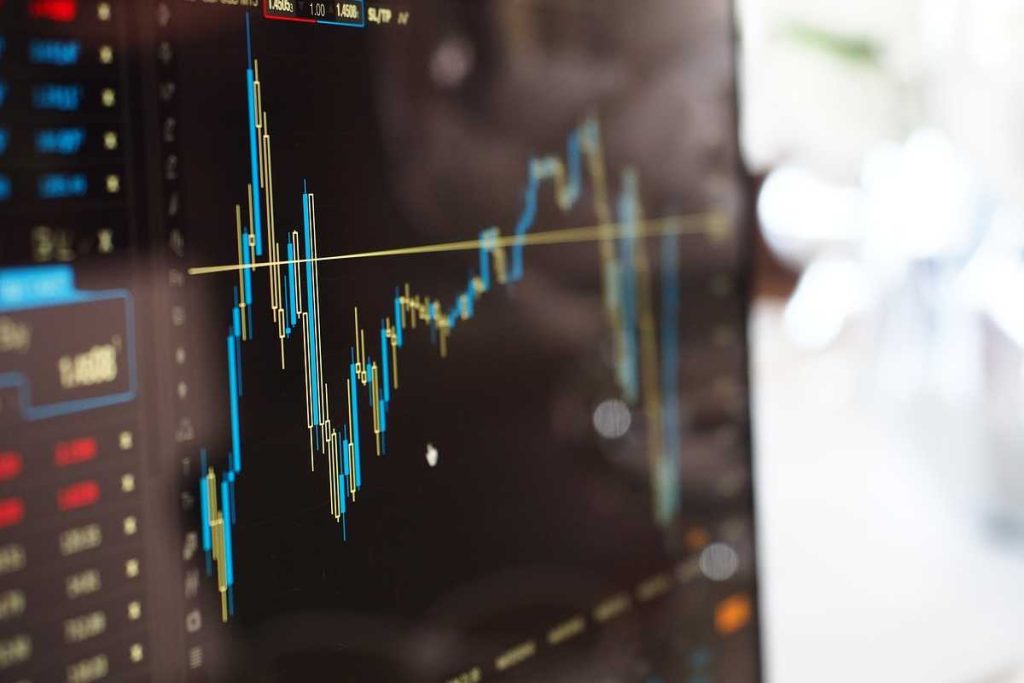Futures trading in the MENA (Middle East and North Africa) region presents unique opportunities for investors seeking to capitalize on market movements and manage risk effectively. Understanding the dynamics of futures markets in MENA is crucial for maximizing opportunities and achieving trading success.
Strategic trading in futures involves developing and implementing a structured approach to trading based on thorough analysis, risk management, and disciplined execution. Proactively identifying opportunities and adapting to market conditions are key elements of strategic futures trading.
Table of Contents
Understanding Futures Contracts
Futures contracts are financial instruments that obligate the buyer to purchase an underlying asset or the seller to deliver the asset at a predetermined price and date in the future. Understanding the mechanics and characteristics of futures contracts is essential for futures traders in MENA.
Types of Futures Contracts
MENA futures markets offer a diverse range of contracts, including commodity futures (e.g., crude oil, gold), currency futures (e.g., USD/AED, EUR/USD), and stock index futures (e.g., DFMGI futures, Tadawul All Share Index futures). Each type of contract has its unique features and trading considerations.
Role of Futures in Risk Management and Speculation
Futures contracts serve dual purposes: risk management and speculation. Hedgers use futures to mitigate price risk associated with their business operations, while speculators aim to profit from price movements by taking directional positions in the market.
Fundamental Analysis for Futures Trading
Fundamental analysis is a fundamental pillar of strategic futures trading, focusing on economic factors, supply-demand dynamics, and geopolitical events that impact futures prices in MENA markets.
Economic Indicators Impacting Futures Prices
Key economic indicators such as GDP growth rates, inflation rates, employment data, and central bank policies significantly impact futures prices. Traders analyze economic reports and announcements to gauge market sentiment and potential price movements.
Factors Influencing Commodity Futures
Factors like supply and demand fundamentals, geopolitical tensions, weather patterns, and global economic trends heavily influence commodity futures. Understanding these factors helps traders anticipate price trends and identify trading opportunities.
Technical Analysis Strategies
Technical analysis is a vital tool for futures traders, involving the study of price charts, patterns, and technical indicators to make informed trading decisions.
Chart Patterns and Indicators
Common chart patterns in futures trading include support and resistance levels, trendlines, triangles, and candlestick patterns. Technical indicators like moving averages, Relative Strength Index (RSI), and MACD help traders identify trends, momentum, and potential reversal points.
Using Technical Analysis for Timing
Technical analysis assists traders in timing entry and exit points in the market. Techniques such as trend following, breakout trading, and pattern recognition help traders capitalize on price movements and manage risk effectively.
Developing Trading Strategies
Futures traders develop trading strategies based on technical signals, market conditions, and risk tolerance. Strategies may include trend following, mean reversion, momentum trading, and algorithmic approaches.
Risk Management in Futures Trading
Effective risk management is paramount in futures trading to protect capital, minimize losses, and preserve long-term profitability.
Importance of Risk Management
Risk management involves identifying, assessing, and mitigating risks associated with futures trading. It includes position sizing, stop-loss orders, diversification, and portfolio management techniques.
Hedging Strategies
Hedging is a risk management strategy businesses and investors use to offset potential losses from adverse price movements. Futures contracts are commonly used for hedging purposes to protect against market volatility.
Position Sizing and Stop-Loss Orders
Position sizing involves determining the suitable amount of capital to allocate to each trade, considering factors like risk-reward ratios and the size of the trading account. Stop-loss orders are predefined instructions that automatically close a trade at a specified price level to minimize potential losses.
Leveraging Seasonal Trends
Seasonal trends play a role in futures trading, particularly in commodity markets where supply and demand vary seasonally.
Identifying Seasonal Trends
Traders analyze historical price patterns and seasonal factors influencing commodity prices, such as agricultural crop cycles, weather patterns, and demand fluctuations.
Strategies for Capitalizing on Seasonal Opportunities
Seasonal traders develop strategies to capitalize on predictable price movements during specific times of the year. Strategies may involve buying in anticipation of seasonal price increases or selling short before seasonal price declines.
Spread Trading Techniques
Spread trading involves simultaneously buying and selling related futures contracts to profit from price differentials or relative price movements.
Understanding Spread Trading
Spread trading strategies include calendar spreads (buying and selling futures contracts with different expiration dates), inter-commodity spreads (trading-related commodities), and intermarket spreads (trading-related markets).
Benefits and Risks
Spread trading offers benefits such as reduced risk exposure, lower margin requirements, and the potential for consistent profits. However, it also carries risks related to market correlations and execution timing.
Regulatory Considerations and Compliance
Navigating regulatory requirements and compliance standards is essential for futures traders operating in MENA markets.
Regulatory Framework
MENA futures markets are governed by regulatory bodies that oversee trading activities, market integrity, investor protection, and compliance with rules and regulations. For more detailed information on futures trading in this region, get more info here.
Conclusion and Recommendations for Futures Traders
In conclusion, strategic futures trading in MENA offers many opportunities for investors who employ disciplined strategies, risk management techniques, and market analysis tools. By understanding the fundamentals of futures trading, leveraging advanced strategies, staying informed about market trends and regulatory changes, and maintaining a disciplined mindset, futures traders can maximize opportunities and increase their chances of achieving long-term success in MENA’s dynamic markets.
